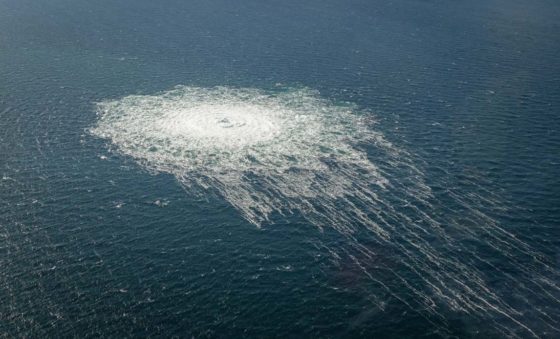
The heavy release of natural gas from the sabotaged pipelines Nord Stream 1 and 2 into the Baltic Sea could be truly fatal in an already very vulnerable ecosystem. This is the opinion of researcher Thomas Dahlgren, who has studied the effects of various emissions on marine life.
Yesterday, Tuesday 27 September, there were alarm reports that natural gas was leaking through several large holes on the natural gas pipelines Nord Stream 1 and 2 in the Baltic Sea, near Bornholm. The extent of the release is unclear, but Thomas Dahlgren at the University of Gothenburg believes that it is very serious for the marine life near the release.
– We know that natural gas in high concentrations is toxic to fish. In this area, it is the Baltic cod that I think is in the risk zone, but it probably affects more species, says Thomas Dahlgren in an article on the Gothenburg University website.
How do you know that?
– Studies have been carried out on what happens in the event of large emissions into the sea in connection with gas and oil extraction. What is studied is the impact on fish. The companies are very quick to shut down leaking lines to seal and this type of large leaks are very rare and the effects are therefore difficult to predict. This release is probably bad news for the Baltic Sea, which is a sensitive ecosystem.
What happens to the gas when released from a pipeline at the seabed?
– The methane gas dissolves in the water, that’s when it becomes dangerous for marine life if the concentrations are high. Minor methane leaks occur naturally and are not dangerous. If there is a large release under high pressure, much of the gas rises as bubbles to the surface of the water.
Where does the gas go then?
– It leaks into the atmosphere, which is also not good. Methane is one of the worst greenhouse gases there is. It contributes to climate change. But the gas breaks down after a few years, unlike carbon dioxide.
What to do now?
– Stop the release as soon as possible. But it seems to be a big leak and then it’s dangerous to be around. There is a risk of fire and explosion.